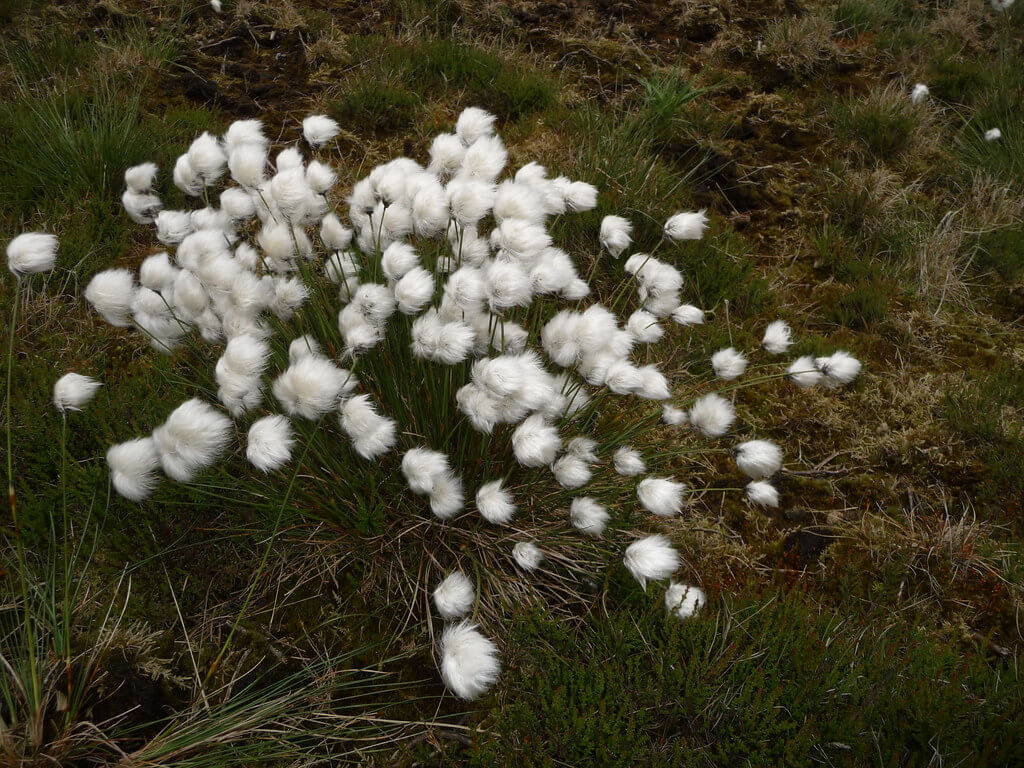Australian Plant Census (2011) available at: Vascular Plants APNI (biodiversity.org.au)
Clayton, W.D., Harman, K.T. and Williamson, H. (2006 onwards). GrassBase – The Online World Grass Flora. Digitaria insularis. Available at: RBG Kew: GrassBase - Digitaria insularis Description
Motooka, P., Castro, L., Nelson, D., Nagai, G. and Ching, L. (2003). Weeds of Hawai'i's Pastures and Natural Areas; An Identification and Management Guide. College of Tropical Agriculture and Human Resources, University of Hawai'i at Mänoa.
Pacific Island Ecosystems at Risk (PIER) (2008). Digitaria insularis. Institute of Pacific Islands Forestry, US Forest Service. Available at: Digitaria insularis: info from PIER (PIER species info) (hear.org)
Queensland Herbarium (2008). Records from the HERBRECS specimen database.
Sharp, D. and Simon, B.K. (2002). AusGrass Grasses of Australia. ABRS, Canberra.
Waterhouse, B.M. and Mitchell, A.A. (1998). Northern Australia Quarantine Strategy: Weeds Target List, second edition. Australian Quarantine & Inspection Service, Miscellaneous Publication No. 6/98.



















